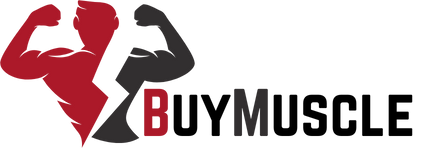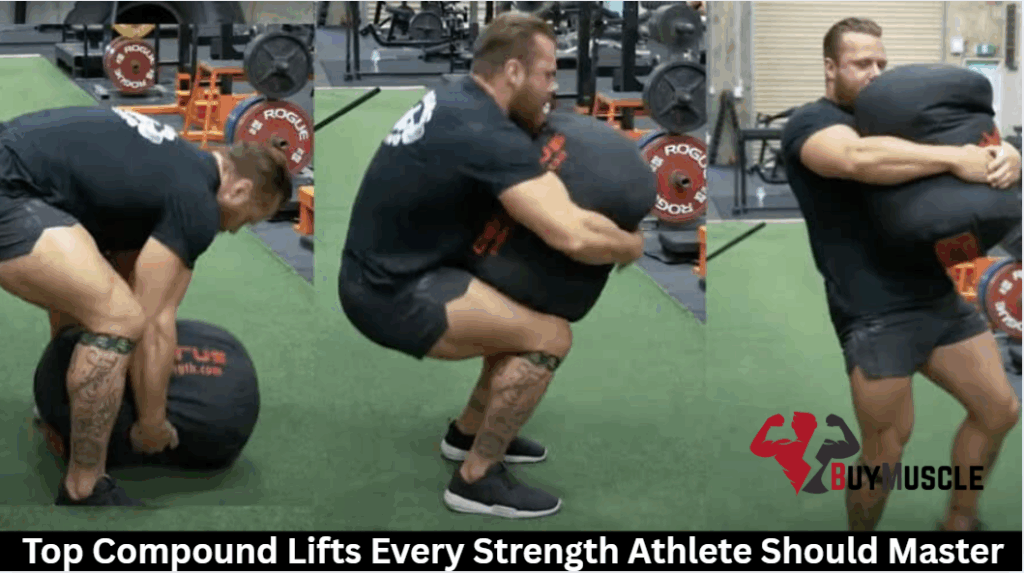The five essential compound lifts you should master are the barbell back squat, conventional deadlift, bench press, overhead press, and barbell row. These exercises work several muscle groups at the same time, boosting overall strength and enhancing functional power.
Back squats build your lower body foundation, deadlifts develop total-body strength, bench press targets upper pushing power, overhead press challenges shoulder stability, and barbell rows complete your pulling strength. Each movement offers unique benefits that compound into a well-rounded strength profile.
The Barbell Back Squat as Foundation of Lower Body Strength
Often called the king of all exercises, the barbell back squat stands as the cornerstone of strength development for athletes across all disciplines. When you position a loaded barbell across your upper back and descend into a deep knee bend, you’re triggering massive muscle growth throughout your entire lower body.
The squat doesn’t just build powerful quads, hamstrings, and glutes. It demands significant core stability to maintain proper positioning under load. Your progress with this movement serves as a reliable indicator of overall strength gains.
For peak results, focus on progressive overload by gradually increasing weight while maintaining proper form. Start with a weight that challenges you but allows for a complete range of motion, then systematically build from there.
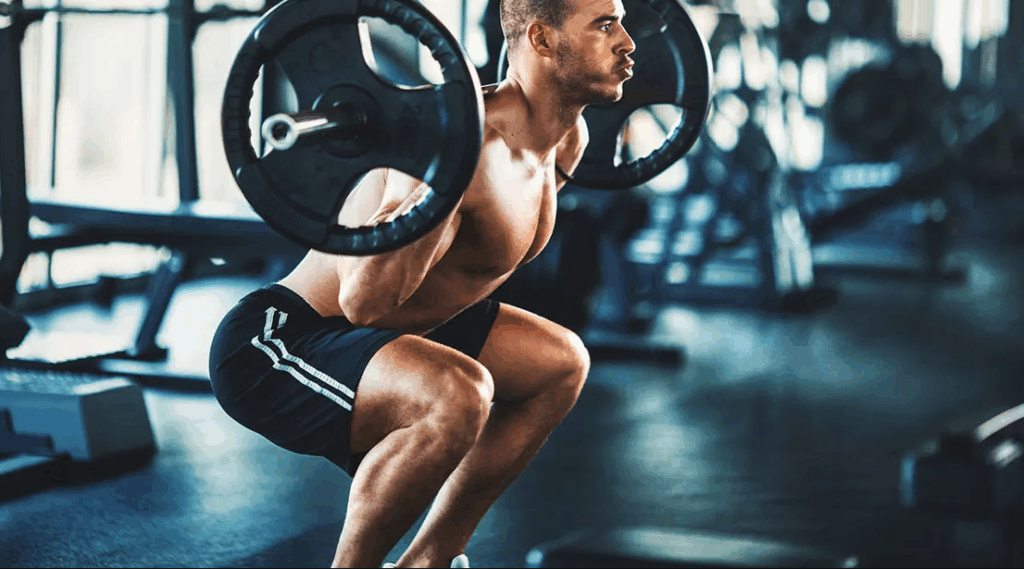
Conventional Deadlift for Full-Body Power
While the squat reigns as lower-body royalty, the conventional deadlift stands as perhaps the most complete test of full-body strength in all of resistance training. This kind of compound lift simultaneously engages your posterior chain, core, and upper body in a movement that directly translates to functional strength in everyday life.
You’ll develop tremendous grip strength as you pull hundreds of pounds from the floor, forcing your body to work as a coordinated unit. Unlike most isolation movements, the deadlift trains your body to produce power through the entire chain of muscles from feet to upper back.
When performed properly, this multi-joint exercise builds unparalleled total-body power while revealing weaknesses in your strength architecture that might otherwise remain hidden.
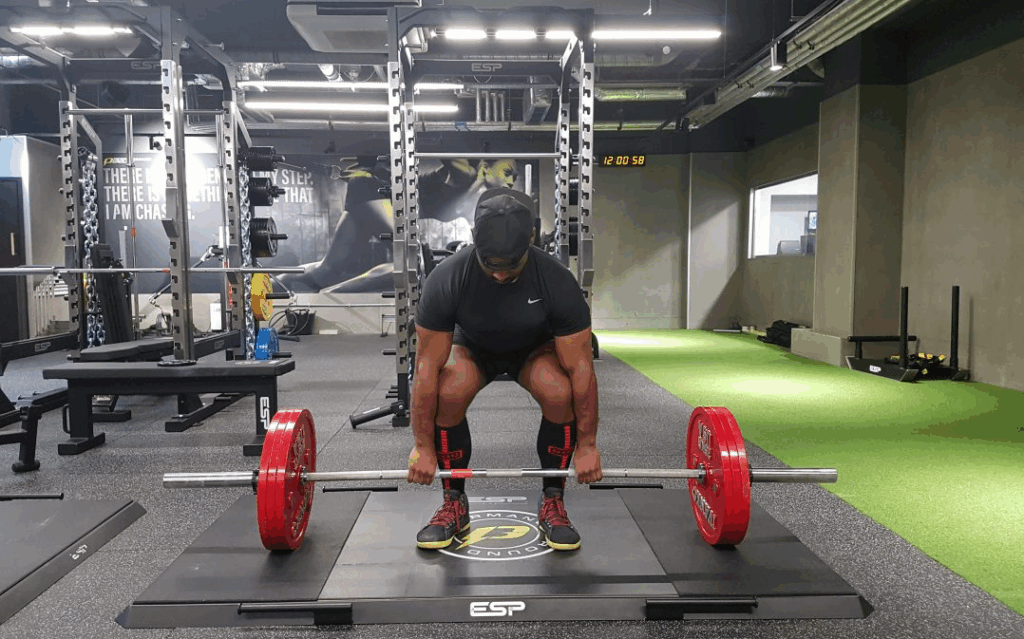
Building Upper Body Pushing Strength with Bench Press
The bench press is the most important upper-body pushing exercise in strength sports, and it is respected in both powerlifting competitions and gym culture. This basic compound lift works your chest, shoulders, and triceps the most, but it also works the muscles that keep your core and upper back stable.
To get the most out of your bench press, make sure to do these four things:
- Pull your shoulder blades back properly
- Keep your legs tight
- Keep the bar path steady
- Breathe normally
You’ll get a lot stronger in your upper body, which will help you do better in sports that require you to push.
Unlike isolation exercises, the bench press delivers thorough development across multiple muscle groups simultaneously. When programmed properly alongside other compound lifts, it creates balanced strength that supports both aesthetic goals and functional power.
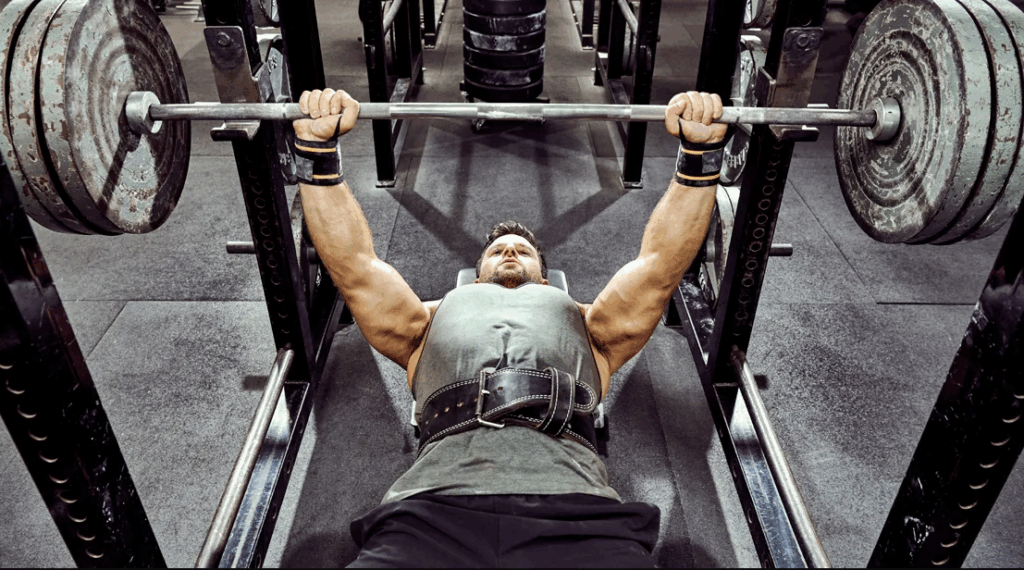
Develop Shoulder Power and Stability With Overhead Press
The overhead press is the best overhead strength exercise because it works your whole kinetic chain and builds strong shoulders. Lifting the weight requires a lot of core stability and tension in the whole body, which is different from other compound lifts.
This exercise helps strength athletes build important upper-body strength, which makes them better at all kinds of presses. At the same time, you’ll build muscle in your shoulders, upper back, and triceps.
When incorporating the overhead press into your routine, begin with lighter weights to master proper form before increasing the load. Put it in your workout early on, when you’re fresh, usually 1–2 times a week. This compound lift is a must for well-rounded athletic development because it will make you stronger and more stable.
Barbell Row for Back Development and Pulling Strength
Complementing the overhead press in your strength arsenal, barbell rows deliver tremendous upper back development and horizontal pulling power. This fundamental pulling movement builds the thickness and strength needed for both powerlifting performance and everyday functional capacity.
To execute properly, start with a hip hinge position similar to your deadlift setup but with less knee bend. Grip the barbell slightly wider than shoulder-width, then pull it to your lower ribcage while keeping your torso rigid. You’ll strengthen the same muscles used in pull-ups while developing greater back thickness.
For maximum benefits, pair barbell rows with vertical pulling movements like pull-ups in your program. This combination guarantees complete back development and balanced strength that carries over to all your lifting endeavors.
Frequently Asked Questions
How Do Compound Lifts Impact Hormonal Responses Compared to Isolation Exercises?
You’ll trigger greater testosterone and growth hormone release with compound lifts than with isolation exercises. They stimulate more muscle mass simultaneously, creating a stronger anabolic environment for strength and muscle development throughout your body.
Should Beginners Focus on Technique or Progressive Loading?
Focus on mastering technique first. You’ll prevent injury and build a solid foundation for future gains. Once your form is consistent, you can gradually increase the weight while maintaining proper mechanics.
How Do Compound Lifts Benefit Aging Athletes?
You’ll maintain muscle mass, strengthen bones, improve balance, and boost hormone production as you age. Compound lifts also enhance functional movements for daily activities, making them ideal for preserving independence and mobility.
Are Compound Lifts Suitable for Injury Rehabilitation?
Yes, they’re suitable for rehabilitation when properly modified and supervised. You’ll benefit from their functional movement patterns that strengthen supporting muscles, but you must start with lighter loads and perfect form.
Can Compound Lifts Replace Cardio for Conditioning Benefits?
No, they can’t fully replace cardio. While compound lifts improve conditioning when done with higher reps and shorter rest periods, you’ll still need dedicated cardio for peak cardiovascular health and endurance.
